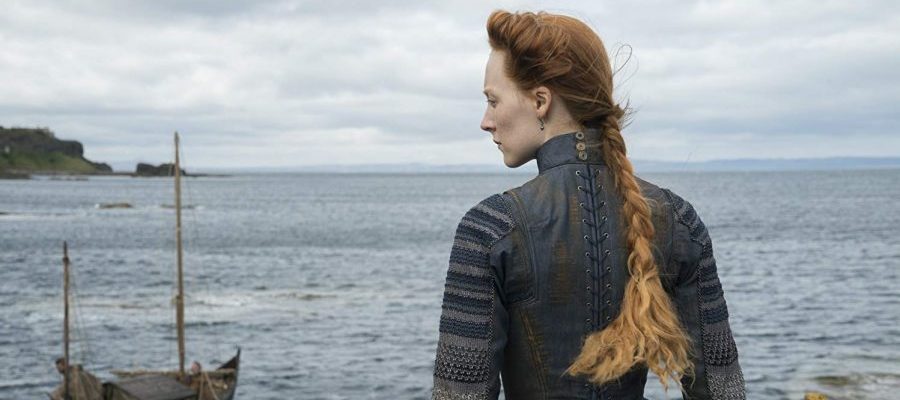Review: 'Mary Queen of Scots' – The Struggle Between the Crown and Femininity

Isabelle Braun ’20 / Emertainment Monthly Staff Writer
History is all the buzz these days for entertainment. From movies in the 70s to the eras of kings and queens, the public just can’t seem to get enough. The big hits right now, however, are the historical topics with the powerful women at the front of the army. So step aside, men, and let the leading ladies take the spotlight.
The highly anticipated film, Mary Queen of Scots, first made its appearance during the summer of 2018 as previews in theaters and on home TVs. It immediately spiked interest as this family rivalry is one of the greatest known in history, with two cousins fighting over a crown and throne of one of the most powerful countries during the time. Director Josie Rourke and writer Beau Willimon broke down the complicated situation into one that is both enthralling and fascinating for the public. From the attempted assassinations to the multiple love triangles, the public is able to have a full view of the power struggle between the two queens.

Queen Elizabeth is usually depicted as this strong young woman who is one of the most famous monarchs that the country of England has ever seen to date. However, the storyline of Mary Queen of Scots depicts her as someone who has given up her femininity, beauty, and womanhood to maintain her crown. It is more clear in her physical appearance than anything else. Margot Robbie is seen with no make-up at the beginning of the movie and a kind smile on her face as she looks adoringly at her lover. Yet at the end of the movie, Robbie is seen dressed to the nines in jewels with a pasty white face and fake rouge on her cheeks to bring some sort of fabricated color to her face. Her expression is cold and stern. She is no longer the caring ruler, but one who has become an intimidating monarch. This physical transition suggests that women who are in power cannot maintain their femininity nor beauty if they want to keep that golden crown on their head. Throughout the movie, Margot Robbie’s character becomes more of a man in personality than that of a woman.
One of the more heart-wrenching and more revealing scenes of Queen Elizabeth’s true desires is when she is in the barn after riding a horse. She stands in the sun-lit doorway with her shadow cast in front of, her riding hat on her stomach to create a round bulge in the shadow, creating the form of a pregnant belly. Yet as quickly as she makes the form, Robbie drops her hands and walks out of the barn, her swollen belly turning flat and skinny in the shadow. Elizabeth is known as the queen who never married and never had children. This movie reveals that she possibly could have wanted that, but believed that if she did, she would lose her crown, her throne, and her country. Though this transition could resemble how women can be the powerful ones among a room full of men, it is more damning as it shows that they must give up their womanhood, femininity, and motherhood in order to keep it.

Mary Queen of Scots is a movie of two powerful queens who made history. Though their stories ended very differently, their powers struggle was one and the same. Josie Rourke’s work revealed the never-ending fight that the female gender is forced to deal with on a daily basis, but it gives the women of today hope that it is not at all in vain.
Overall Grade:
Watch The Trailer: